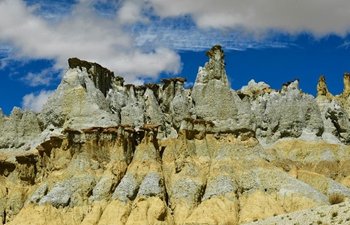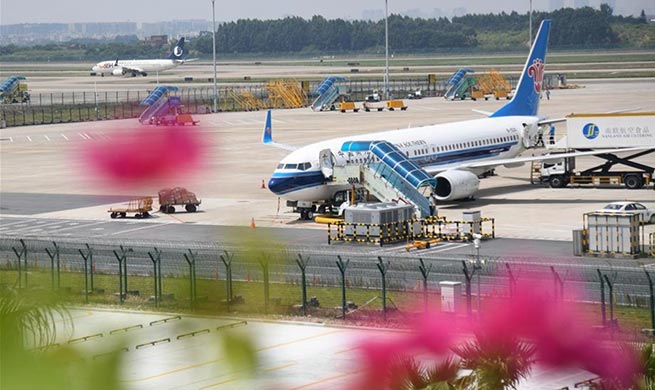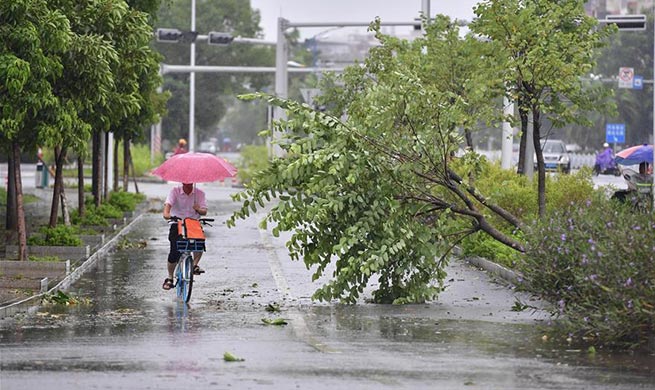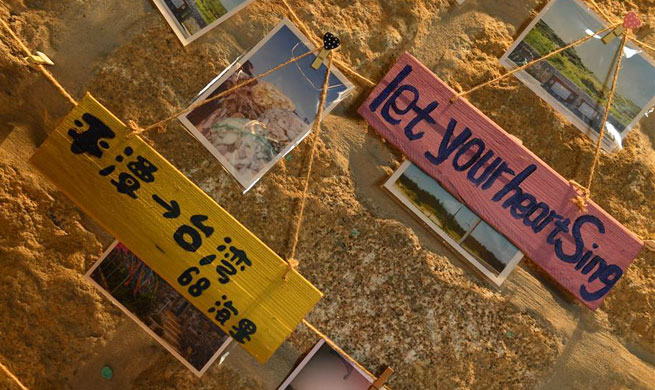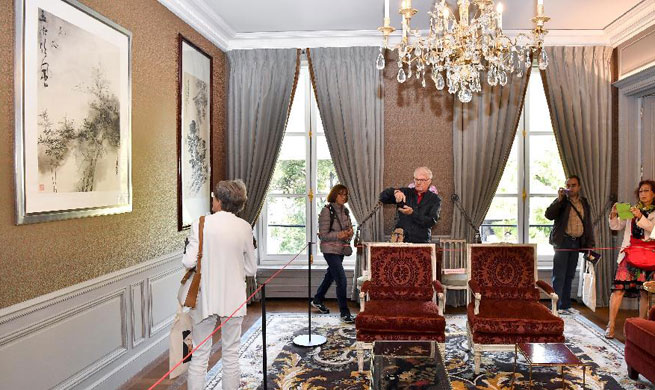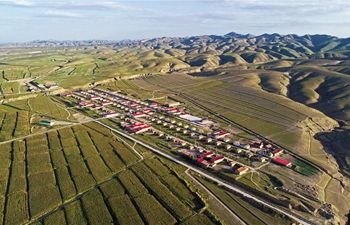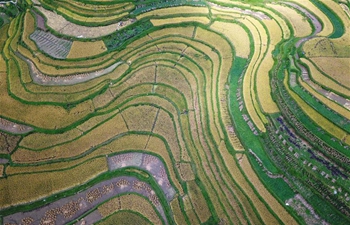GENEVA, Sept. 17 (Xinhua) -- Switzerland is set to launch the world's first national real-time pollen monitoring system across the entire country in 2023 to provide allergy suffers more reliable information on pollen levels, the Swiss Federal Office of Meteorology and Climatology (MeteoSwiss) said on Monday.
MeteoSwiss is currently a European leader in this domain and leads an ad hoc program of the European EUMETNET network, which brings together 11 weather services on the continent. Since 2010, MeteoSwiss has been testing five real-time pollen measuring systems.
MeteoSwiss currently measures pollen concentrations manually once a week at 15 monitoring stations across the country using pollen traps. Each monitoring station has a volumetric pollen trap. With the help of a pump, this pollen trap sucks in ten liters of air per minute through a 14-by-two mm opening. Behind this entry slot is a rotating drum on which there is a silicon-coated plastic strip.
The pollen and other organic and inorganic particles sucked in with the air stick to this strip. The drum is changed once a week and then sent to the analysis center where daily specimens are prepared using the strip.
The types of pollen are identified and counted under a microscope and concentrations per cubic meter air are calculated. Apart from pollen, other organic particles, such as fungal spores, are also found on the specimen slide, as well as various inorganic particles, such as sand from the Sahara Desert or specks of soot. The time-consuming process means that the results are only available after two to nine days.
To deliver real-time pollen data, MeteoSwiss uses a new system based on laser scattering and induced fluorescence, in which particles in the air are stimulated by laser beams and the pollen grains and other types of particles are identified on the basis of their specific characteristics. A prototype from Lucerne now records an image of each pollen grain in flight and creates a kind of hologram, with information on particle size, shape and composition that allows pollen to be identified using artificial intelligence and algorithms.
MeteoSwiss says in the future allergy sufferers will be able to plan outdoor activities and preventive medical treatment much better with more reliable forecasts. Doctors and pharmaceutical companies and climatologists will also be able to use the network data.





